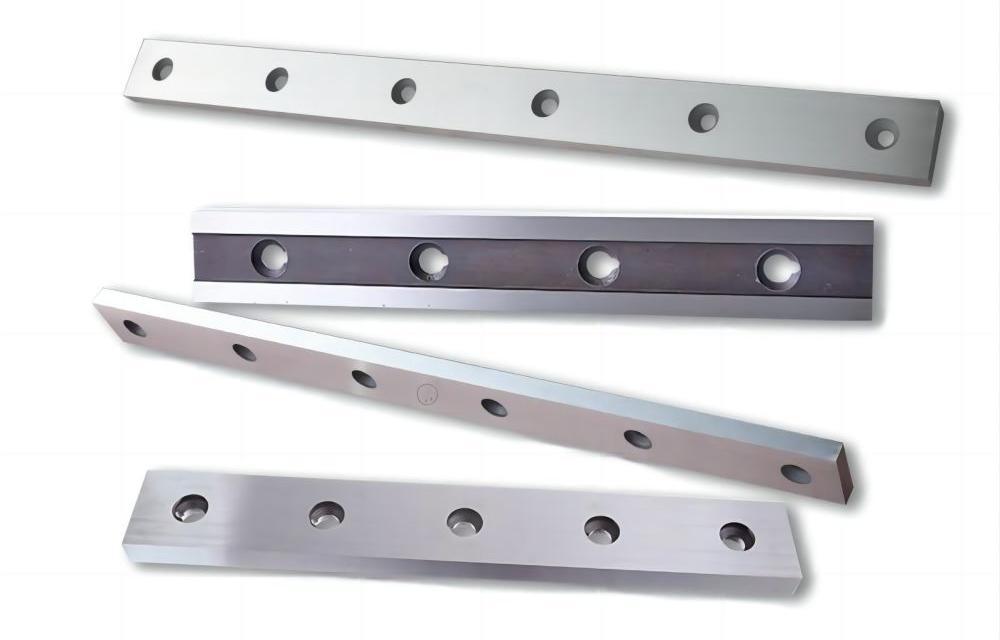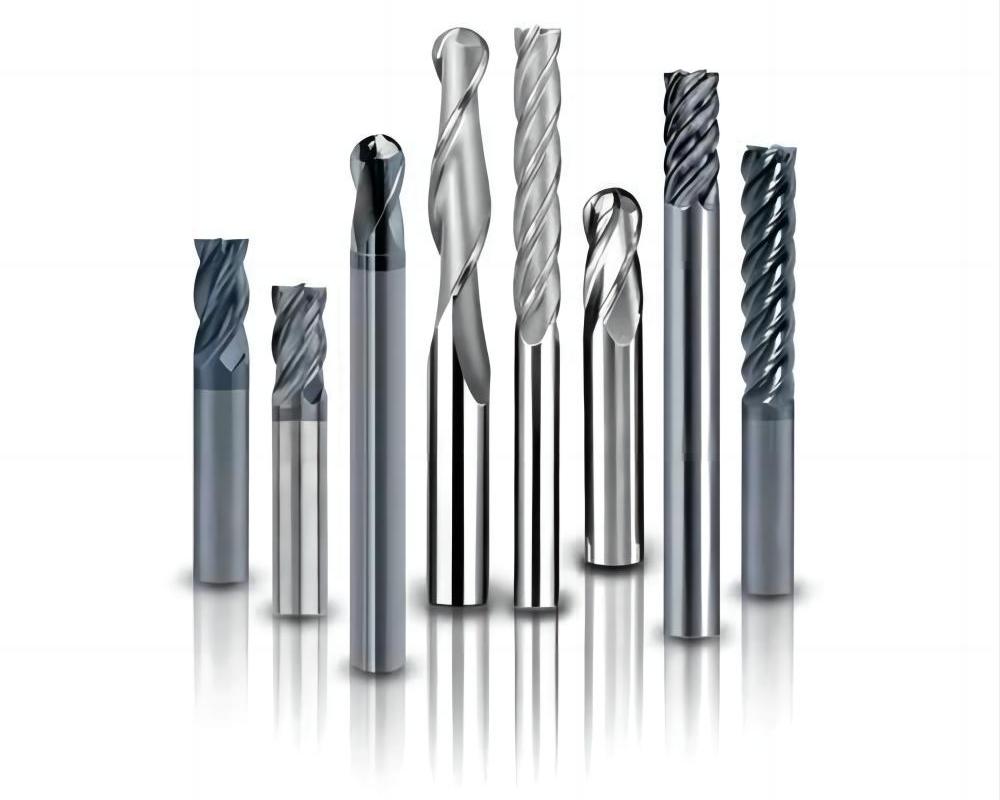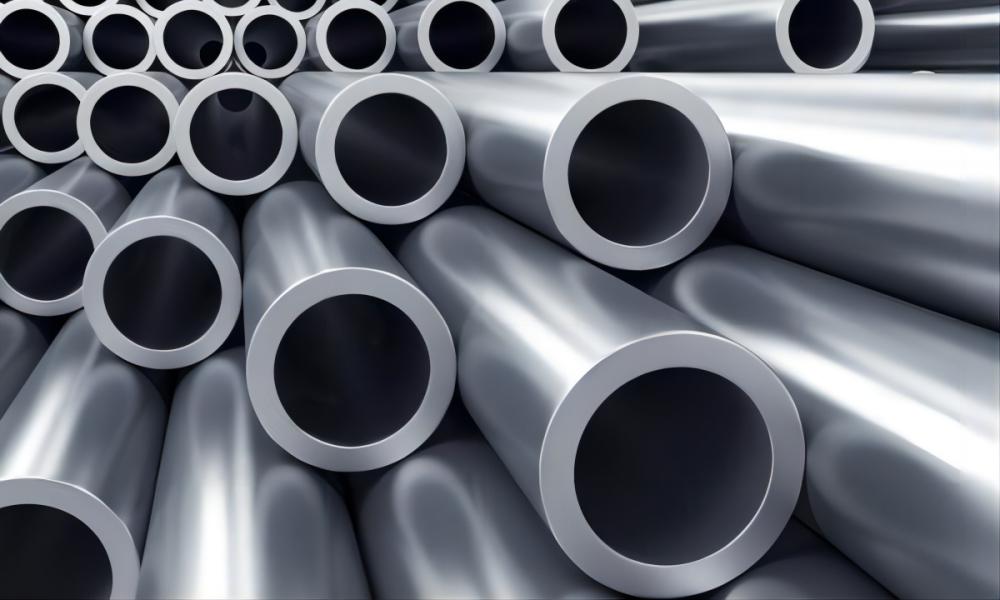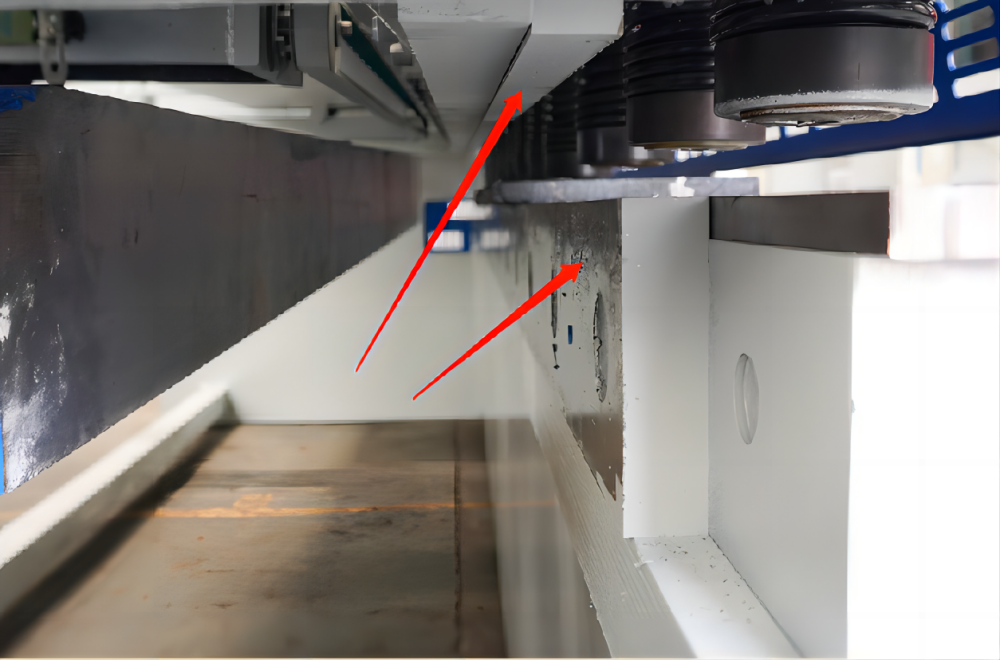Documentation Hub
Comprehensive technical manuals and guides to help you master HARSLE machines and optimize your metalworking efficiency
What Are the Best Shearing Machine Blade Materials?
When it comes to shearing machines, the choice of shearing machine blade materials is crucial for achieving precision cuts and maximizing efficiency. If you’re seeking insights into the best materials for shearing machine blades, you’ve come to the right place. In this article, I’ll discuss the various materials used for shearing machine blades, their properties, and how to choose the right one for your specific needs. Whether you’re in metalworking or any industry requiring cutting materials, this guide will provide valuable information to enhance your operations.
Common Materials Used for Shearing Machine Blades

Shearing machine blades can be made from several different materials, each offering unique benefits and challenges. The most commonly used materials include:
High Carbon Steel
High carbon steel is often favored for its robustness and edge retention. It is relatively easy to sharpen, making it a popular choice for demanding applications. Although it may be prone to rust, proper maintenance can help mitigate this issue.
High-Speed Steel (HSS)

High-speed steel is a versatile option known for its ability to withstand high temperatures without losing hardness. This makes HSS blades particularly suitable for heavy-duty shearing. They also maintain their sharp edge longer than standard steel blades, but they can be more expensive.
Tool Steel
Tool steel is engineered for enhanced hardness and wear resistance. Blades made from tool steel can endure intense use and maintain performance over time. However, they require more careful handling due to their brittleness.
Carbide
Carbide blades are increasingly popular for their exceptional hardness and wear resistance. They can maintain their cutting edge much longer than traditional steel blades, reducing downtime for sharpening. Carbide is particularly advantageous when working with abrasive materials. However, they can be more brittle, and handling requires caution to prevent chipping or breaking.
Alloy Steel

Alloy steel combines various elements to enhance performance characteristics such as tensile strength, corrosion resistance, and ductility. This makes alloy steel a suitable option for shearing applications that require versatility and resilience. While alloy steel blades can be easier to manufacture and maintain than carbide blades, they might not offer the same level of hardness and edge retention in extreme conditions.
Factors to Consider When Selecting Blade Materials
Choosing the right blade material for your shearing machine involves several factors:
Material Thickness and Type
The thickness and type of material you plan to shear significantly impact the blade requirements. Softer materials may work well with high carbon steel, while harder materials might necessitate high-speed steel or tool steel.
Production Volume
For high-volume production environments, investing in high-speed or tool steel blades can lead to better overall cost-effectiveness due to reduced downtime for sharpening.
Wear Resistance and Edge Retention

Consider how often you will need to sharpen your blades. If you prioritize wear resistance and edge retention, high-speed steel or tool steel might be the best options despite their higher initial cost.
FAQ Section
How do I know when my shearing machine blades need sharpening?
You should regularly check the quality of the cuts and look for signs of deformation or chipping on the blades. If you notice rough edges or increased effort when shearing, it may be time to sharpen your blades.
Can I use high carbon steel blades for all types of materials?
While high carbon steel blades are versatile, they may not perform optimally on extremely hard materials. For those applications, you may want to opt for high-speed steel or tool steel blades to achieve better results
What maintenance is necessary for shearing machine blades?
Regular maintenance includes cleaning the blades after use, ensuring they are free from rust, and checking for any signs of wear. Regular inspections can significantly prolong the life of your blades and maintain optimal performance
Conclusion
Selecting the right materials for your shearing machine blades is essential for ensuring effective and efficient operations. High carbon steel, high-speed steel, and tool steel each offer unique benefits that cater to different cutting needs. By considering your specific requirements, such as the material type, production volume, and wear resistance, you can make an informed decision that enhances your metalworking processes. If you have more questions or need detailed advice, feel free to contact our team for assistance.













